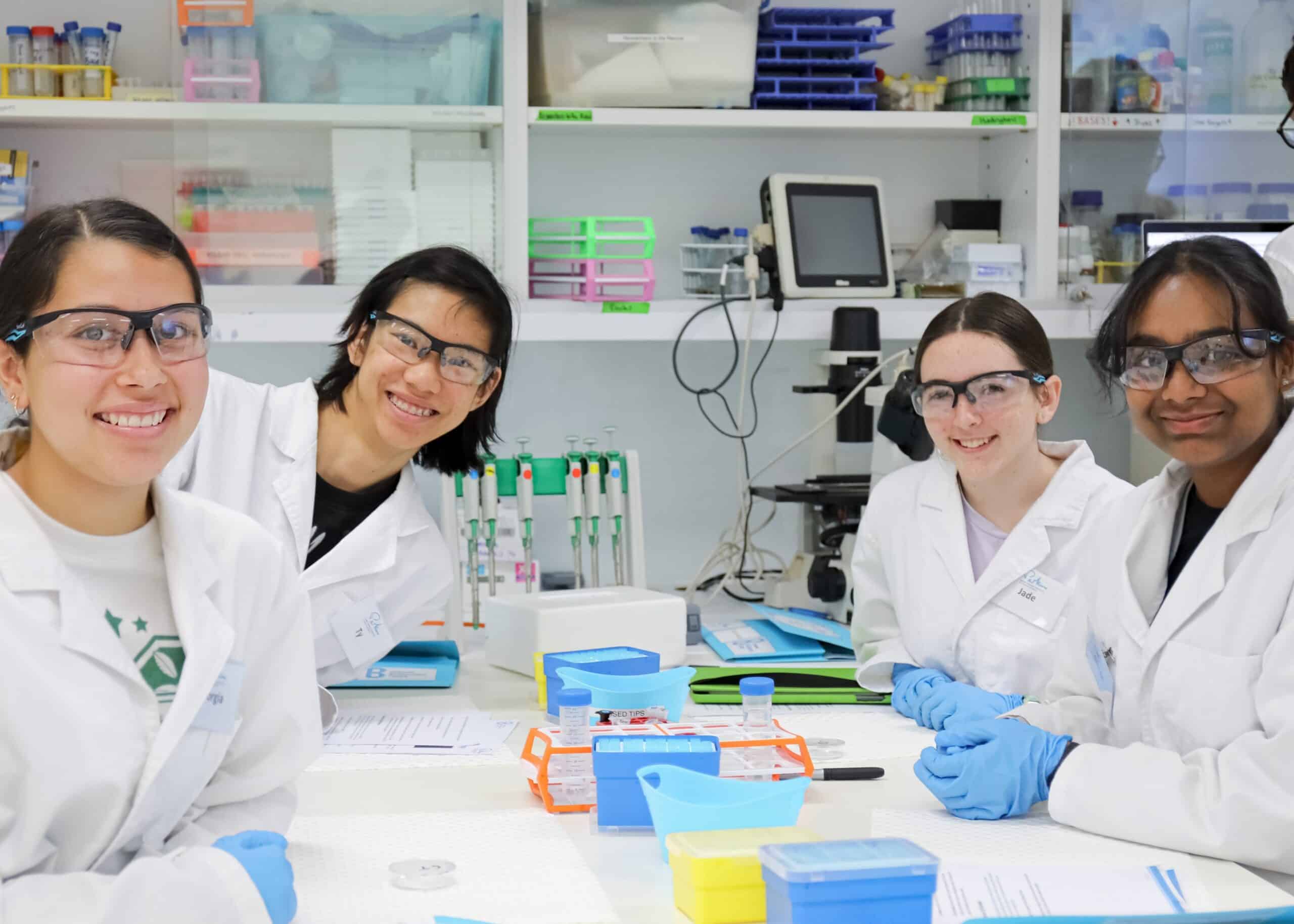Year 9: Diagnosing Diabetes
Weekdays during school term | 9:30 am – 2:30 pm

Weekdays during school term | 9:30 am – 2:30 pm
Use medical science techniques to understand disease interactions between body systems.
Designed for Year 9 Biological Sciences
$50 per student (minimum 20 students)
Maximum 32 students
A great STEM investigation – testing and analysing patient samples.
Your students will step into the shoes of a pathologist to diagnose diabetes. Diabetes is one of the world’s fastest-growing chronic diseases and a research focus at the Perkins.
Students will use technology, including glucose meters and research protocols to determine glucose levels in patient samples. They will then conduct a biochemical test to determine the type of diabetes each patient has. This will enable the students to decide what treatment options are available for that patient.
Our Perkins researchers will guide students through the use of different techniques to record, graph, and analyse their patient samples as they design the best treatment plan for each patient.
This booklet contains information about bus parking, payment and pricing, cancellations, evacuation maps, and more.
Australian Curriculum Links
Science Understanding:
Compare the role of body systems in regulating and coordinating the body’s response to a stimulus, and describe the operation of a negative feedback mechanism (AC9S9U01)
Science as a Human Endeavour
Investigate how advances in technologies enable advances in science, and how science has contributed to developments in technologies and engineering (AC9S9H02)
Science Inquiry Skills
Plan and conduct valid, reproducible investigations to answer questions and test hypotheses, including identifying and controlling for possible sources of error and, as appropriate, developing and following risk assessments, considering ethical issues, and addressing key considerations regarding heritage sites and artefacts on Country/Place (AC9S9I02)
Select and use equipment to generate and record data with precision to obtain useful sample sizes and replicable data, using digital tools as appropriate (AC9S9I03)
Analyse and connect a variety of data and information to identify and explain patterns, trends, relationships and anomalies (AC9S9I05)